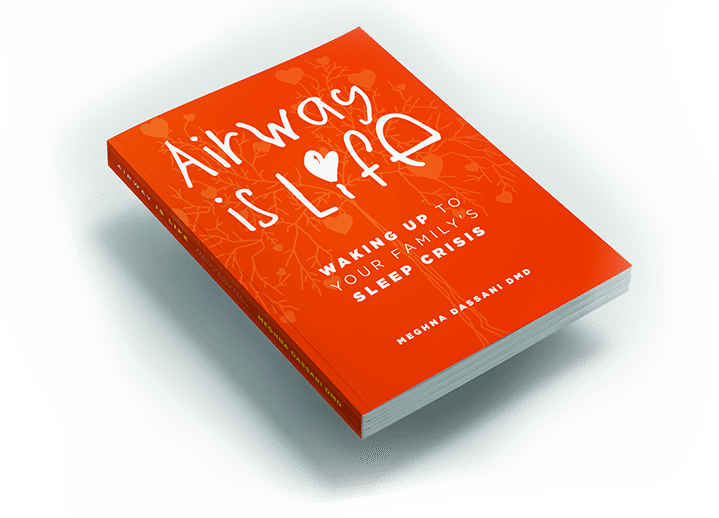Introduction to Autogenic Training – What you need to know
If you suffer from anxiety, depression, or sleep disturbances, Autogenic training (AT) may help.
Autogenic training is a self-relaxation technique developed in the 1930s by the German psychiatrist Johannes Heinrich Schultz. AT involves the repeated performance of six exercises and affirmations, which focus on different parts of the body. The goal of these exercises is to achieve a state of deep relaxation and calm (like hypnosis) during which people feel heaviness and warmth.
AT is effective at reducing stress, anxiety, and tension headaches. It has also been used to treat conditions such as insomnia, high blood pressure, and chronic pain.
How does Autogenic Training work?
Autogenic Training uses the power of suggestion to relax the body. The affirmations repeated during the six exercises shift your attention away from the stressors in your life so you can focus on feeling relaxed instead.
AT is an effective stress management tool because it reduces the body’s fight-or-flight response. The fight-or-flight response is the body’s natural reaction to stress. It is characterized by the release of adrenaline and other stress hormones, which can lead to an increase in heart rate, blood pressure, and respiration.
Besides reducing the fight-or-flight response, AT has also been shown to improve sleep quality, reduce anxiety, and boost mood. AT may also reduce pain perception.
Who can benefit from Autogenic Training and how does it help?
AT is a safe and effective stress management tool that almost anyone can use. AT is especially helpful for people who experience anxiety, stress, or chronic pain.
People who practice AT typically do so to get help with one or more of the following challenges:
- Stress
- Anxiety
- Depression
- Phobias
- Additions
- Insomnia
- Fatigue
- Pain management
- Tension and migraine headaches
- High blood pressure
- Diabetes
- Childbirth preparations
Autogenic Training is an effective way to train your body and mind to respond to stress more positively. This type of training can help you better manage stress, anxiety, and even pain. Additionally, autogenic training can improve your mood and sense of well-being.
Autogenic training is a safe and healthy practice with very few negative side effects (some people experience increased anxiety or intrusive thoughts).
How Autogenic Training impacts your sleep quality
Research shows that consistently practicing Autogenic Training leads to higher quality sleep. Cognitive and emotional impairments are the most common causes of insomnia. But relaxation techniques like AT combined with certain therapies can lessen the effects of these issues. That way, people can feel more relaxed and get better rest.
How to practice Autogenic Training
The six exercises of AT are typically performed twice a day, once in the morning and once at night. Each exercise takes about ten minutes to complete.
You can learn more about how to perform each exercise below.
Step 1: Muscle relaxation
This exercise helps relax your muscles. Begin by focusing on one limb at a time – for example, your right arm. State something like, “My right arm feels heavy.” Repeat this phrase several times as you begin to relax and your arm starts to feel heavier. Then, move on to your other limbs until you’ve completed the process on both arms and legs.
Step 2: Warmth and heaviness
Once you start to experience heaviness in your body, shift your focus from heaviness to warmth. Repeat the process completed in step one. But instead of stating “My right arm feels heavy,” say, “My right arm feels warm.” Then, work your way through the rest of your body until you feel your whole body become warm, heavy, and relaxed.
Step 3: Heartbeat awareness
If your eyes aren’t already closed, close them now and shift your attention to your heart rate. State something like, “I feel warm and relaxed. My heart rate is peaceful and slow.” Continue repeating this affirmation until your heart rate responds.
Step 4: Breathing awareness
In this step, concentrate on your breathing but don’t try to force it into a particular pattern or pace. Simply notice how it feels as air passes in and out of your lungs, and your chest rises and falls with each breath. Repeat a phrase such as “My body breathes me.”
Step 5: Solar plexus and abdomen
Next, move from your breath to your solar plexus and abdomen (the area between your ribs and belly button). Inhale deeply. Allow your abdomen to expand. Then, feel your abdomen contract as you exhale. Help this area of your body release tension and pain by repeating, “My gut is soft and warm.”
Step 6: Forehead and scalp
In the final step, direct your attention to your forehead and scalp. Picture your head sinking into a soft, cradling pillow. Breathe slowly and deeply. Allow the muscles in your forehead and scalp to relax as you repeat, “My head is cool and relaxed.”
After completing all six exercises, take a few deep breaths. Allow your body to completely relax. Stay in this state of relaxation for as long as you like. When you are ready to return to your normal state of consciousness, slowly open your eyes.
It is important to practice AT regularly to achieve the best results. Most people notice a difference after a few weeks of regular practice. However, it may take longer for some people to see results, which will vary depending on how consistently AT is practiced and the severity of the problems.
Dr. Meghna Dassani has practiced dentistry for over two decades and is passionate about the role dentists play in whole-body health. You can learn more at her website: MeghnaDassani.com.
Healthy Sleep Revolution Podcast
Snoring? Tired all day? Trouble focusing?
So many think these symptoms are common in kids and adults when tired. Join us as we debunk some of these common myths and put the spotlight on Sleep Apnea. Discover what constitutes healthy sleep and how we can help ourselves and our kids get the best sleep ever.


